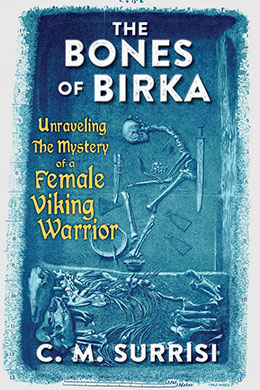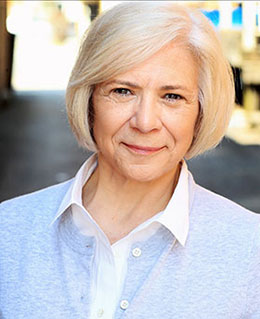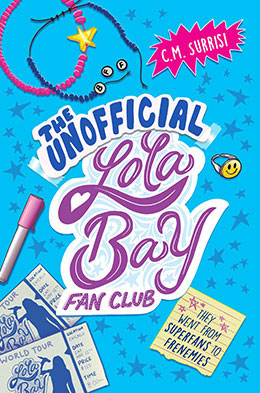From Avi: As I did last summer, I’ve invited 13 admired middle grade authors to write for my blog for the next three months. I hope you’ll tune in each Tuesday to see who has answered these three questions. You should have a list of terrific books to read and share and read aloud by the end of the summer … along with new authors to follow!
Your favorite book on writing:
 I am some combination of a plotter and a pantser. Sometimes, I am all about structure, plot points, beats, rising action, and all the Freytag’s Pyramid elements. Other times, I am feeling my way through the characters, their trials, tribulations, reactions, and change. I read through a manuscript from the beginning over and over and tweak it to see if it is holding together with the new bits.
I am some combination of a plotter and a pantser. Sometimes, I am all about structure, plot points, beats, rising action, and all the Freytag’s Pyramid elements. Other times, I am feeling my way through the characters, their trials, tribulations, reactions, and change. I read through a manuscript from the beginning over and over and tweak it to see if it is holding together with the new bits.
Over the years, the craft book that has endured for me is Writing Fiction: A Guide to Narrative Craft by Janet Burroway, Elizabeth Stuckey-French.
I used this book extensively during my MFA studies and cited it in my thesis because, unlike any other craft books, it doesn’t just offer an axiom and or an example, it explores why the example demonstrates the principle. For example, when people tell you to “use active verbs,” they often say, “because they keep the reader engaged.” The Burroway book will go one step further to explain why they keep you engaged. By the way, it’s because active verbs stimulate a different part of the brain than do nouns and non-active verbs. Active verbs register in the brain where the action would be felt if you took it. So, this book provides practical writing techniques, concrete examples, and deeper explanation. It’s also not text-bookish.
Reading aloud from my books:
I have always recommended reading my novels out loud because they are suspenseful. However, since I have written The Bones of Birka: Unraveling the Mystery of a Female Viking Warrior, I have come to appreciate that non-fiction can be a heck of a suspenseful read. The book is packed with exciting information surrounding a controversial archaeological find, laced with history and science that is fun to learn. Plus, at almost every page turn, it raises good questions for discussion.
Where do you write most often?
I have a messy desk for writing business, and when I am going through copy editing on non-fiction it takes over the entire dining room table. But when I compose, I choose a serene and Zenlike place. That is my living room with its big round window onto the universe.
Particulars
About Brian’s recent book, Carrie Firestone, author of Dress Coded wrote, “A brilliant portrayal of how easy it is to get sucked into a toxic friendship and how painful the consequences can be. It’s an emotionally riveting swim through dark waters that ends with a long, deep breath and a poignant reminder: There’s always a way out.”



